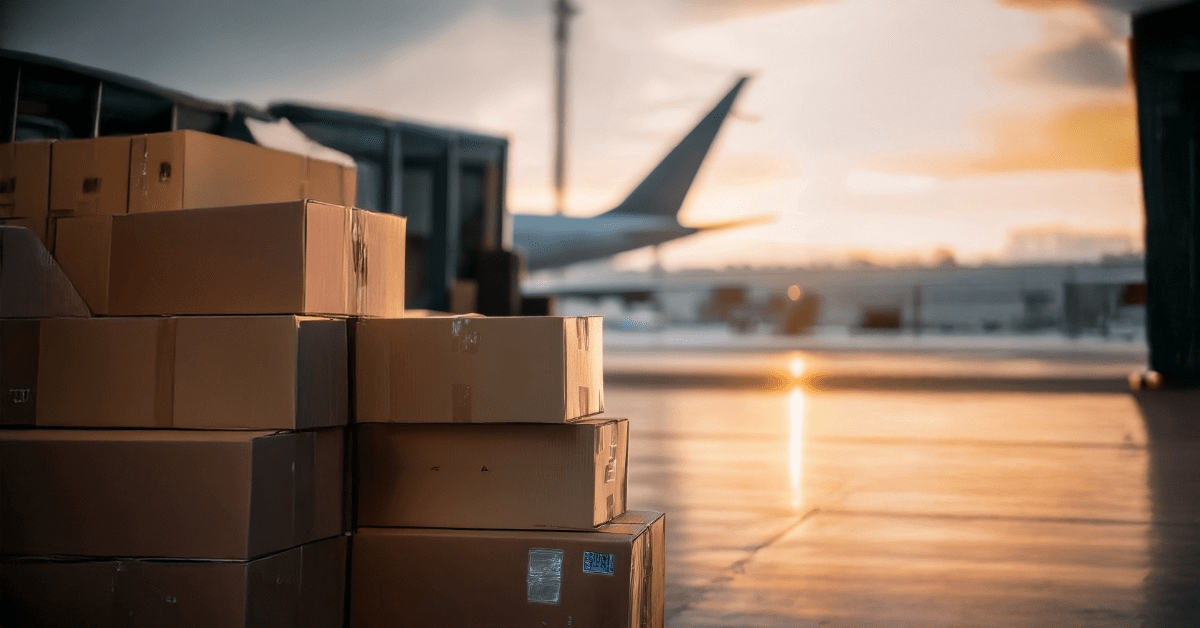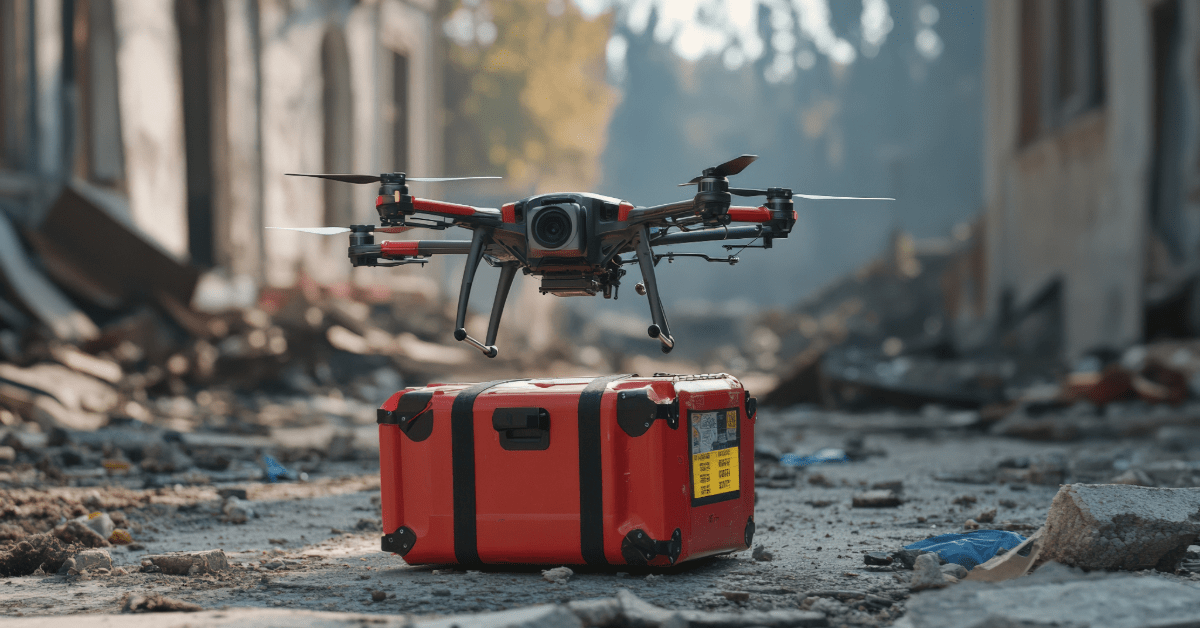Imagine your urgent package arriving by air, completely avoiding traffic. This future is fast approaching, as drone delivery is set to reshape the post and parcel industry. Yet, for logistics firms, the crucial question remains: can drones deliver goods more cheaply than traditional vans? A close look at today’s market shows drones are currently expensive per item. However, their evolving economic model suggests a focused, strategic shift in delivery, particularly for domestic routes, rather than a full replacement of existing methods.
The landscape of drone delivery is rapidly evolving, promising to redefine logistics through faster, more efficient, and environmentally conscious last-mile solutions. An understanding of the operational range of these unmanned aerial vehicles (UAVs) is critical for evaluating their commercial viability, scalability, and strategic deployment. Currently, the practical delivery range for commercial drones typically spans from 7 to 60 miles (11 to 100 km), with specialised platforms capable of extending to 120 miles (193 km) for specific enterprise applications. This range is fundamentally constrained by factors such as battery capacity, payload weight, prevailing environmental conditions—particularly wind and temperature—and, most significantly, regulatory mandates like Visual Line of Sight (VLOS) rules.
Unit Cost: Comparing Drones and Vans
Right now, delivering a single package by drone costs much more than by van. A McKinsey report estimates a drone delivery at about $13.50 per package. In contrast, a van delivery can cost as little as $1.90 per package, especially when the van carries a full load of around 100 items, benefiting from efficient, dense routes.
This cost difference isn’t due to the technology’s inherent expense. Instead, it comes from how drones currently operate. Most regulations require a human operator for each drone, making the process labour-intensive and expensive. This human oversight pushes up the cost for each delivery, limiting how widely drones can be used.
However, this cost structure is changing. Industry forecasts predict drone delivery expenses will drop significantly. If regulations allow one operator to manage many drones—perhaps 20 at once—the cost per drone delivery could fall to a competitive $1.80 per package. Some analyses even suggest lower figures, potentially around $0.88 per delivery under ideal automated conditions. This future potential for cost parity, or even superiority, depends on achieving true operational autonomy and delivering more packages per flight. The key shift is moving from a human-driven, one-to-one delivery model to an automated, many-to-one system.
Domestic Delivery
Drone delivery’s most immediate impact will be in the domestic market, specifically for the “last mile”—the final, often most expensive, part of a package’s journey. Drones offer distinct advantages here, but their profitability varies greatly depending on the situation.
Speed and Urgency: For urgent, high-value, or time-sensitive items like medical supplies, drone speed justifies its higher cost. Customers often pay more for same-day or 30-minute delivery.
Challenging Geography: Drones overcome physical barriers. In rural or remote areas with poor roads or frequent weather disruptions, drones offer a direct, efficient, and often more reliable option. Royal Mail’s drone service to the Orkney Islands shows this well, cutting delivery times and costs by avoiding difficult sea routes.
Specific, Low-Volume Routes: For particular routes with few packages, such as from a local hub to a fixed receiving terminal (like La Poste’s service in mountainous regions), drones offer a focused, efficient solution, avoiding the need to dispatch a full van for a small number of deliveries.
Electrical Costs: The Energy Footprint
Unlike traditional fossil-fuel-powered vehicles, drones operate on electricity, making their energy consumption a direct function of battery usage. The estimated electrical cost for drone operations is approximately $0.10 per kilowatt-hour (KWh) of battery consumption. While seemingly modest on a per-unit basis, this cost accumulates rapidly across high-volume operations. This direct energy cost, coupled with data usage expenses (estimated at $6.30 per gigabyte ), forms the variable operational expenditure that scales with each flight. As drone technology advances, these electrical costs are expected to become increasingly optimised, contributing to overall cost reduction.
User Components
Human capital investment is reflected in the training costs for drone handlers, a critical component given stringent aviation regulations. Obtaining an FAA Remote Pilot License, a prerequisite for commercial operations, typically involves training expenditures upwards of $299 for online courses, supplemented by a $109 examination fee. These costs represent an initial investment in a skilled workforce, essential for ensuring safety, compliance, and operational integrity, particularly as regulatory frameworks evolve to permit more autonomous functionalities.
Will Vans Remain Essential?
Volume and Density: The traditional delivery van is still unmatched for high-volume, dense urban and suburban routes. A single van can deliver hundreds of items on one trip, optimising efficiency through route density. Drones, currently limited to one package per flight, cannot compete with this bulk capacity.
Package Size and Weight: Drones have strict limits on how much they can carry. They work best for small, lightweight items, typically under 5 pounds. Delivering larger, heavier items, which make up a significant portion of a van’s daily load, remains exclusively for ground vehicles.
International Logistics: A Complementary Role
Drones will not directly compete in international long-haul logistics; a drone cannot fly across oceans or continents. Instead, they will play a strategic, complementary role within the global supply chain.
Synergy, Not Substitution
The cost-effectiveness of drone delivery, per item is not a simple comparison. While drones are currently more expensive for typical deliveries due to regulations and operations, their unit cost is projected to drop sharply with more automation and scale. Drones will not fully replace vans. Instead, they will integrate as a specialised, valuable part of the logistics network. They will provide fast, accessible solutions for specific domestic last-mile needs and optimise key segments within broader international supply chains. Ultimately, the future of post and parcel delivery lies in intelligently combining ground and air transport, using each method for its unique economic and operational strengths.





